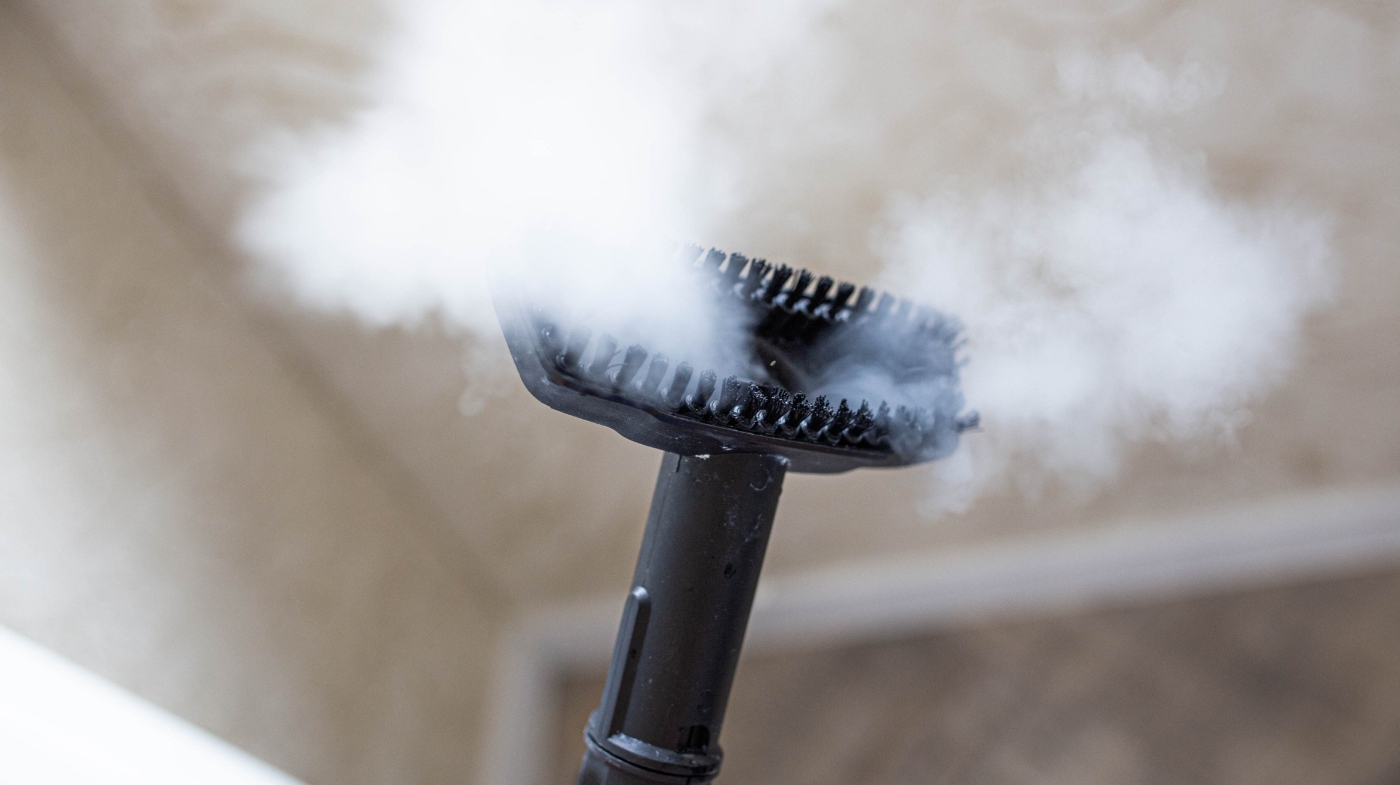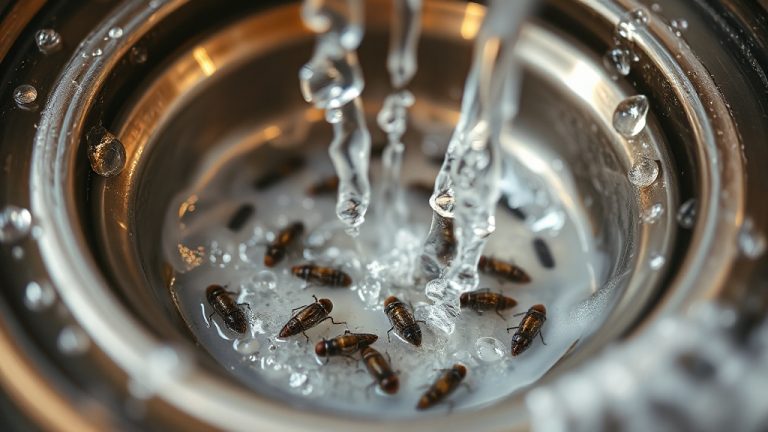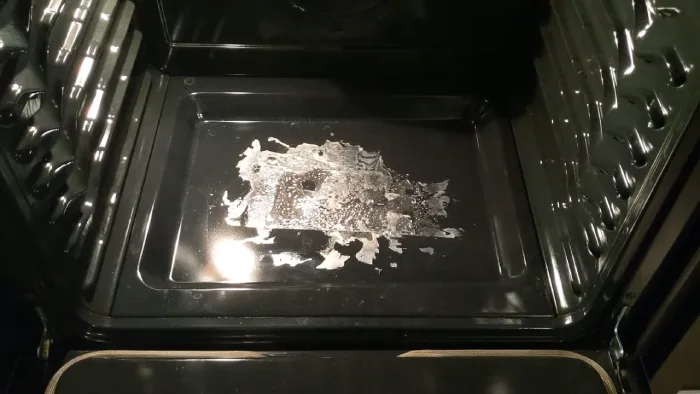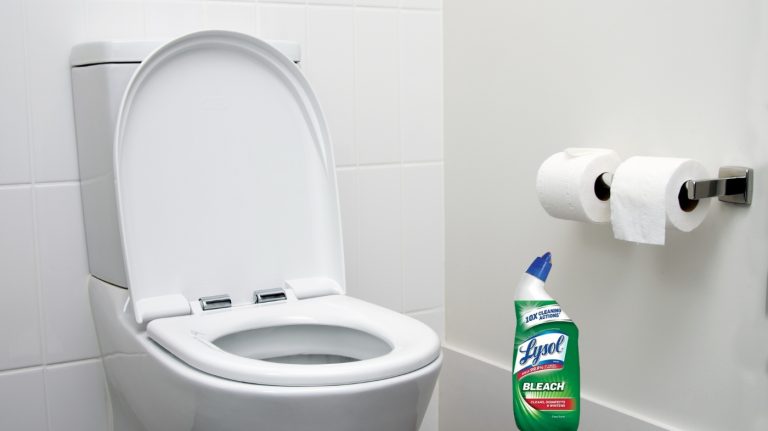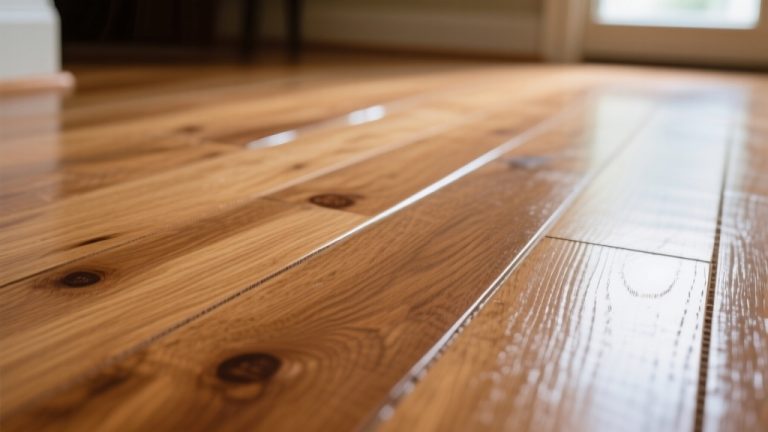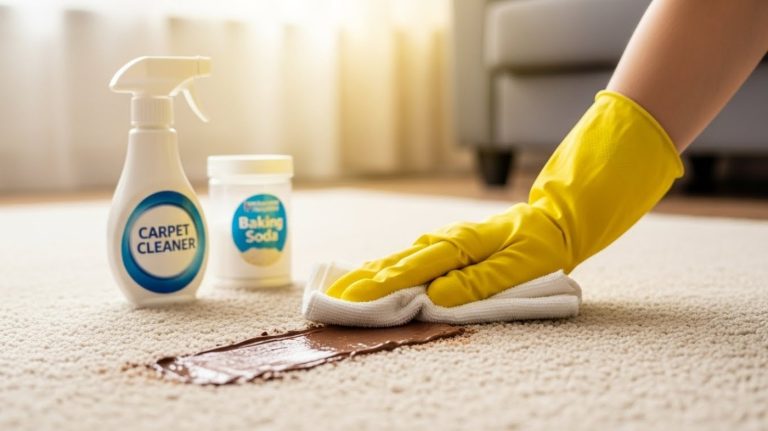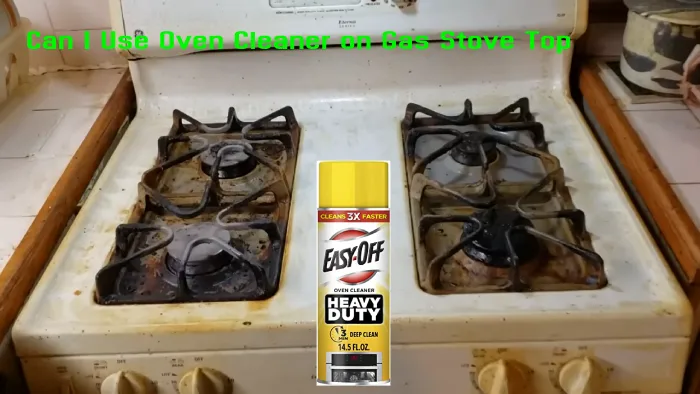Can You Steam Clean Painted Walls? Explore the Safe Method
You can steam clean painted walls safely by using low-pressure steam and keeping the nozzle moving to avoid paint damage.
First, test a small hidden spot to check how the paint reacts. Use distilled water, wear gloves, and protect nearby surfaces.
Keep the steam about six inches from the wall and wipe with a microfiber cloth immediately. If you want to handle stains carefully and maintain your walls well, there’s more helpful guidance ahead.
Key Takeaways
- Steam cleaning painted walls is possible using low pressure and gentle, overlapping strokes to avoid paint damage.
- Always test steam on a small hidden area first to ensure paint tolerance to moisture and heat.
- Use distilled water in a steam cleaner and keep the nozzle about six inches from the wall surface.
- Avoid steaming unsealed, porous, or water-based paints and never linger steam on one spot.
- After cleaning, ventilate the room and promptly wipe damp areas to prevent moisture damage and paint peeling.
Safety Precautions for Steam Cleaning Painted Walls
Before you start steam cleaning painted walls, it’s crucial to take specific safety precautions to protect both the paint and yourself.
Use low steam pressure to avoid paint lifting or damage, and always test on a small, hidden area first. Keep the steam cleaner moving steadily with gentle, overlapping strokes to prevent overheating one spot.
It is important to note that painted walls are heat sensitive and steam cleaning can cause paint to lift, bubble, or peel.
Protect nearby furniture, floors, and fixtures by removing or covering them, and tape off electrical outlets and switches. Turn off power to prevent electric shock.
Wear gloves and eyewear to avoid steam burns, and maintain a safe distance between the nozzle and wall. Follow your steam cleaner’s instructions carefully, ensuring adjustable settings suit delicate painted surfaces.
Preparing Painted Walls for Steam Cleaning
When preparing painted walls for steam cleaning, you should first assess the type of paint and surface to guarantee they can handle the moisture and heat.
Identify if the paint is flat, matte, glossy, or semi-gloss, and avoid water-based, unsealed, or porous paints. Remove or protect nearby objects and cover floors and fixtures to prevent damage.
Dust walls thoroughly to remove debris, enhancing steam cleaner effectiveness. Because steam cleaning uses hot vaporized water, it is important to test the steam output on an inconspicuous area, adjusting settings as needed.
| Paint Type | Steam Cleaning Suitability |
|---|---|
| Flat/Matte | High risk of damage, avoid |
| Glossy/Semi-gloss | Can usually withstand steam cleaning |
| Water-based | Avoid if unsealed or porous |
Proper Techniques and Equipment for Steam Cleaning
Although steam cleaning painted walls requires care, using the proper equipment and techniques guarantees effective results without damage.
Start with a Dupray steam cleaner filled with distilled water to prevent mineral buildup. Attach a wand or wall nozzle, and set the steam to low pressure and adjustable temperature suitable for painted surfaces. It is important to understand your wall finishes as not all wall types are suitable for steam cleaning.
Use a Dupray steam cleaner with distilled water and low pressure for safe, effective cleaning of painted walls.
Begin at the top, moving slowly with overlapping strokes, keeping the nozzle about six inches away to avoid overheating. Keep the steam moving continuously, never lingering in one spot.
Immediately wipe the area with a clean, dry microfiber cloth to remove dirt and prevent streaks. Always assure good ventilation, cover nearby furniture, and test a small area first.
Managing Stubborn Stains and Delicate Areas
If you encounter stubborn stains on your painted walls, tackling them with targeted steam cleaning techniques can make all the difference.
Start by pre-treating stains with mild detergents or steam-compatible cleaners like Advap Formula 212 for grease. Hold the steam nozzle 2–3 inches from the stain for 10–15 seconds to loosen grime, avoiding oversaturation. This method uses minimal streaking due to the dry steam application.
Immediately wipe with a microfiber cloth to remove residue. For heavy buildup, use multiple short low-pressure passes instead of one long exposure to protect paint.
When dealing with delicate areas, always spot-test an inconspicuous spot first. Avoid steaming fabric-backed wallpaper and keep the nozzle moving to prevent heat damage.
Use distilled water and lower steam temperatures on glossy or fresh paint to avoid blistering or delamination.
Aftercare and Maintenance Post Steam Cleaning
Since steam cleaning loosens dirt and moisture, you’ll need to care for your walls properly afterward to prevent damage and guarantee lasting cleanliness.
Start by ventilating the room to help walls dry quickly and avoid moisture buildup, which can cause mold. Use a microfiber cloth to wipe any remaining damp spots or water marks promptly.
Inspect the walls once dry for peeling paint or stains, addressing any damage immediately to prevent worsening. Avoid hanging decorations until walls are fully dry to prevent moisture trapping.
For maintenance, regularly wipe walls with a damp cloth to reduce grime buildup, and schedule occasional deep steam cleans.
Keep humidity low and consider protective finishes to enhance durability, ensuring your painted walls stay fresh and intact over time. Regular dusting with a microfiber cloth maintains cleanliness and reduces allergy triggers.
Frequently Asked Questions
Can Steam Cleaning Remove Mold From Painted Walls Safely?
You can remove mold from painted walls using steam cleaning, but you need to be cautious. Use low-pressure steam and keep the steamer moving constantly to avoid paint damage. It works best on sealed or durable paint finishes.
Always test a small hidden area first. If your paint is water-based or delicate, consider gentler alternatives like vinegar sprays to protect your walls while effectively killing mold.
Is Steam Cleaning Eco-Friendly Compared to Chemical Cleaners?
You’ll find steam cleaning eco-friendly compared to chemical cleaners because it uses only heated water, avoiding harmful chemicals that pollute soil and water.
It reduces toxic waste and indoor air pollutants, protecting your health and the environment. Plus, it saves water and cuts down on single-use wipes.
While it requires energy to heat water, overall it’s a greener, safer, and more sustainable cleaning choice for your home.
How Often Should Painted Walls Be Steam Cleaned?
Think of steam cleaning painted walls like giving them a revitalizing shower—it’s best done sparingly. You should steam clean your walls every 6 to 12 months, depending on how much dirt or grime builds up. If you have kids or pets, you might want to do it more often.
Just be sure to use low moisture and gentle steam to protect the paint and keep your walls looking fresh without damage.
Can Steam Cleaning Help Eliminate Odors on Painted Walls?
Yes, steam cleaning can help eliminate odors on painted walls by penetrating surface pores to loosen dirt, grease, and odor-causing contaminants. The high heat kills mold and mildew spores, common odor sources, without chemicals.
Just be cautious—use lower steam settings and test a small area first to avoid paint damage. Keep the steam moving and dry the wall promptly to prevent moisture buildup and new odors from forming.
Steam Clean Smart: Protect Your Painted Walls with Care
You might wonder if steam cleaning painted walls is safe—but with the right precautions and techniques, it really is. Just avoid excessive heat or moisture that could damage the paint.
Preparing the area, using appropriate steam settings, and targeting tough stains carefully will protect your walls.
After steam cleaning, make sure to dry surfaces thoroughly to maintain your paint’s integrity. Follow these steps, and you’ll refresh your walls without risking costly damage.

